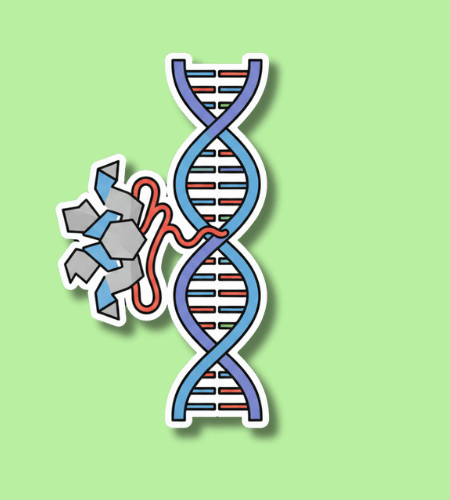World CRISPR Day is observed each year on October 20. This day is meant to highlight the advances, challenges, and promises of CRISPR gene editing technology, celebrating its impact on science, medicine, agriculture, and biotechnology.
Table of Contents
History of World CRISPR Day
The observance was established by the biotech company Synthego in 2020 with the goal of creating a global moment to bring together scientists, students, enthusiasts, and the public to reflect on CRISPR (Clustered Regularly Interspaced Short Palindromic Repeats) and how it is reshaping biology. Over time, the day has grown into a series of events—webinars, panel discussions, virtual conferences, public outreach—where people discuss the ethical, technical, and societal dimensions of gene editing.
October 20 was chosen because it marks a symbolic “day of recognition” for the use and impact of CRISPR tools in genome engineering. On this day, participants around the world convene—often virtually—to share research, raise awareness, and engage in thoughtful discourse about the future of gene editing.
Why World CRISPR Day matters
CRISPR is one of the most transformative biotechnologies of recent decades. It allows scientists to make precise edits in DNA—turning genes on or off, repairing mutations, or introducing changes with higher efficiency than many older methods. Its applications span from correcting genetic diseases, engineering more resilient crops, to exploring new frontiers in synthetic biology.
However, CRISPR also raises profound ethical, technical, and safety questions: off‑target effects, equitable access, biosecurity, long‑term consequences, germline editing, regulatory frameworks, and public trust. World CRISPR Day is an opportunity to bring attention not just to “what CRISPR can do,” but to how it should be used. It serves as a space for scientists, policymakers, educators, and the public to engage and ask difficult questions, fostering responsible innovation and democratic oversight.
- It showcases breakthroughs and emerging applications in gene editing
- It promotes public dialogue about ethics, safety, and regulation
- It connects researchers and stakeholders across disciplines
- It encourages education and transparency around genome technologies
- It invites reflection on how CRISPR should serve humanity’s future
How to Celebrate World CRISPR Day
You can participate in several meaningful ways. Attend webinars, symposiums, or panel sessions hosted by research institutes and biotech organizations. Many of these events are open to students, researchers, or the public. If you’re in academia or education, you might organize a seminar, workshop, or discussion on CRISPR’s potentials and risks.
On a personal level, you could read articles or watch videos about CRISPR, then share insights via social media to spark conversations. You might write a blog post, host a small discussion group, or invite local learners to explore gene editing. If you’re in a school or science club, you could run a mini‑project or presentation. The key is engagement: not just celebrating what’s possible, but thinking deeply about how we guide what comes next.
Some ideas:
- Join or watch presentations from CRISPR researchers
- Organize or attend a discussion or seminar on gene editing
- Share articles, videos, or infographics about CRISPR
- Host or join a class or workshop exploring genetics and CRISPR
- Spark conversations about ethics, safety, and the future of biotechnology
World CRISPR Day Dates Table
| Year | Date | Day |
|---|---|---|
| 2025 | October 20 | Monday |
| 2026 | October 20 | Tuesday |
| 2027 | October 20 | Wednesday |
| 2028 | October 20 | Friday |
| 2029 | October 20 | Saturday |
Subscribe to our newsletter and never miss a holiday again!

